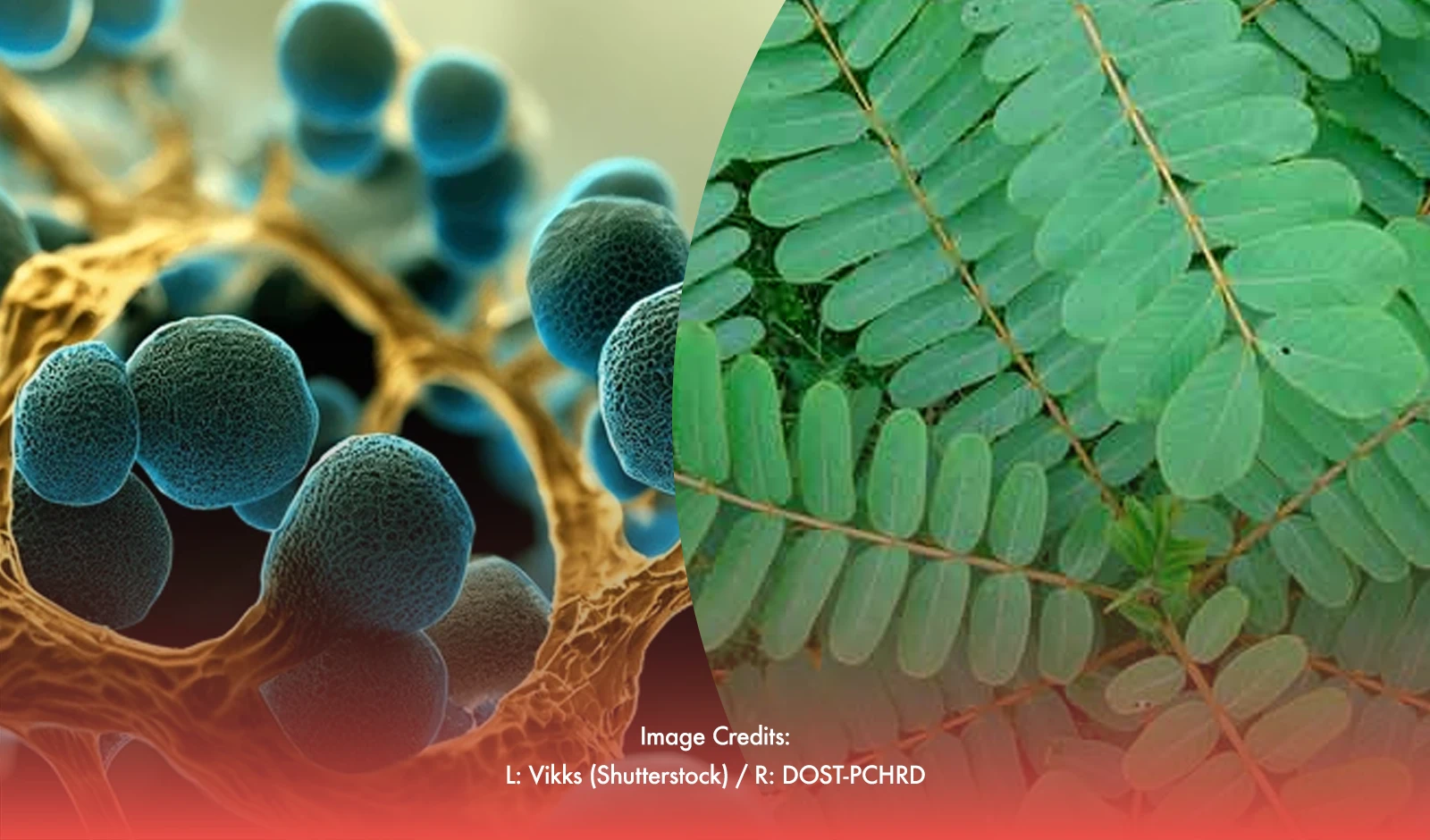The National Integrated Research Program on Medicinal Plants (NIRPROMP) of the University of the Philippines Manila has developed a herbal lotion to treat skin fungal infections using the Akapulco plant.
Dr. Cecilia Maramba-Lazarte, director of the Institute of Herbal Medicine - National Institutes of Health (IHM-NIH), pointed out that while azole antifungals are efficient at treating fungal infections, they can be costly and necessitate long-term use.
“One solution to this problem is the use of Senna alata, more commonly known as Akapulco,” she said in a statement.
Going traditional healing
Filipinos are prone to skin infections as a result of socio economic issues like poverty, overcrowding, and poor cleanliness, as well as environmental variables like heat and humidity.
Akapulco, a shrub found across the Philippines, is now a viable therapy option for such illnesses.
With dense branches and leaves made up of 8 to 20 elliptical leaflets, it usually grows to a height of one to two meters.
“Traditional healers and those of other cultures have used this to treat skin diseases. The antifungal activity of Akapulco has been well-documented in various studies,” Maramba-Lazarte added.
Chrysophanic acid and anthraquinones, two of the phytochemicals it contains, have potent antifungal effects on Penicillium, Microsporum, Trichophyton, and Epidermophyton.
Akapulco’s effectiveness
Trials have demonstrated that solutions containing Akapulco are just as effective as synthetic antifungal therapies that contain terbinafine cream, ketoconazole, or 25 percent sodium thiosulfate.
Seven randomized controlled studies with 726 patients were used to gauge how beneficial Akapulco formulations were.
The global market for antifungal drugs, estimated to be worth USD 15.8 billion in 2023, presents an opportunity for potential investors to profit from.
The creation of Akapulco lotion encourages local agriculture and Filipino self-reliance in addition to its financial advantages.








